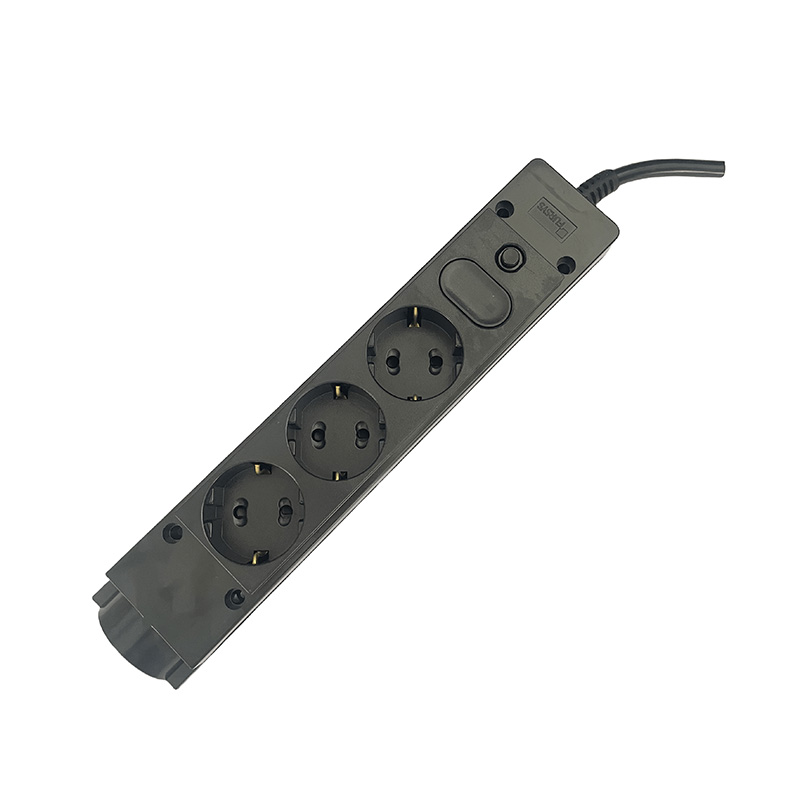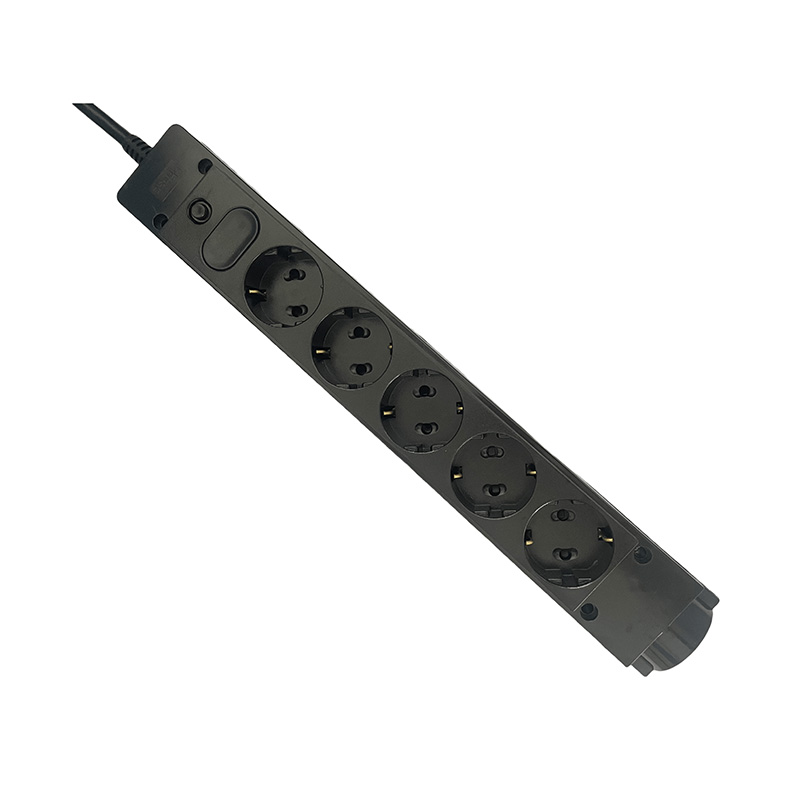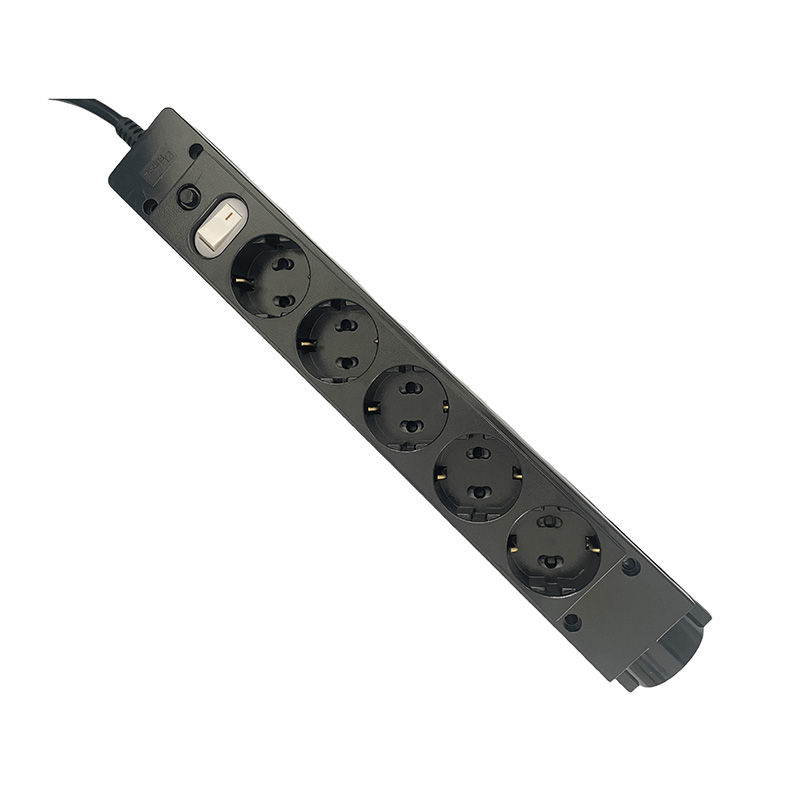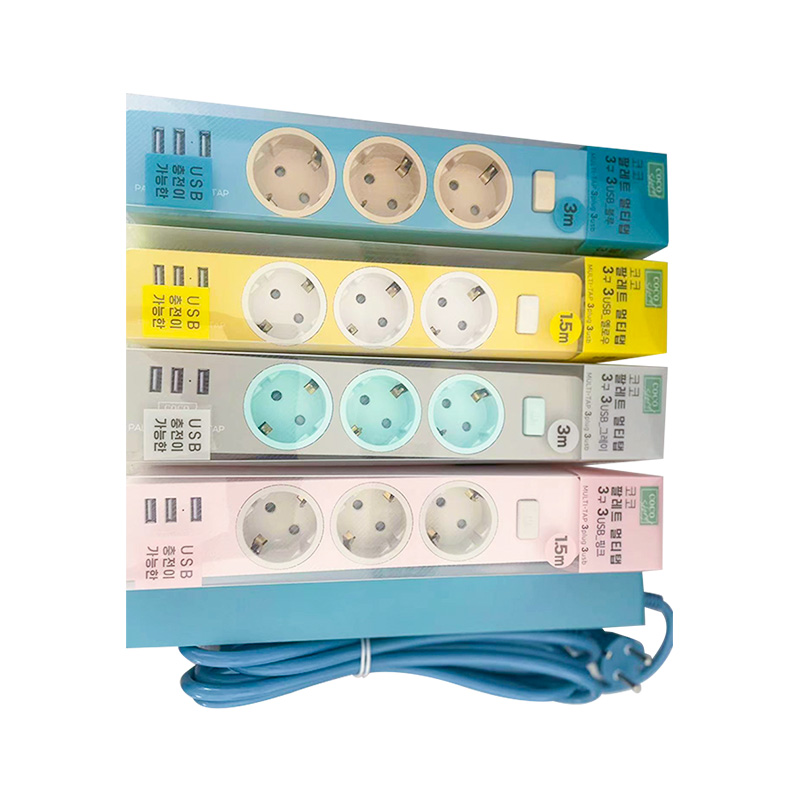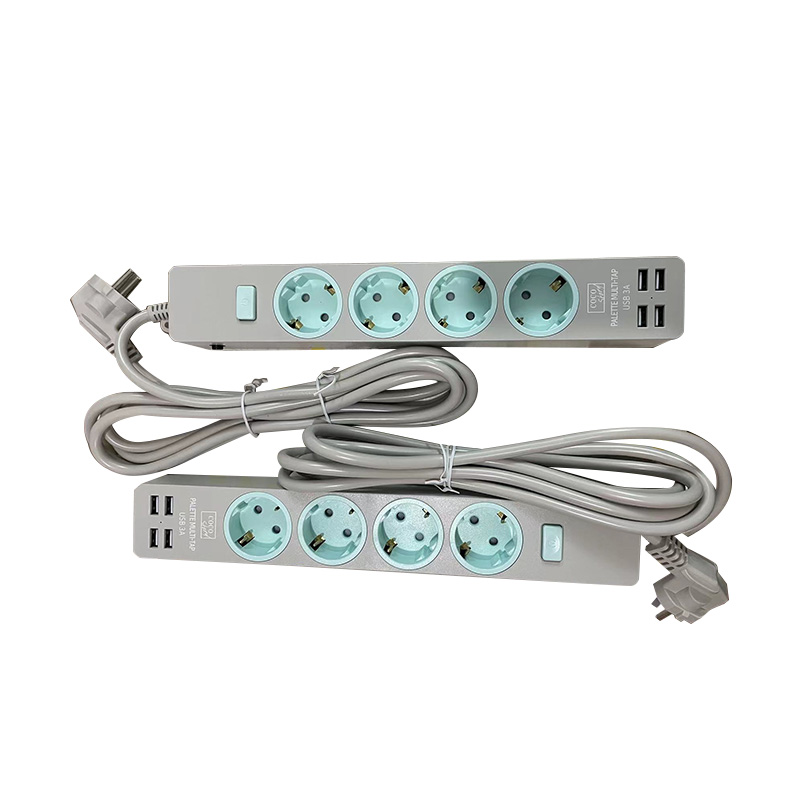Submit feedback
How does the material of a cable reel affect its durability?
 2025.11.14
2025.11.14
 Industry News
Industry News
Introduction to Cable Reel Materials and Durability
Cable reels are essential tools for storing and transporting cables, ensuring that they remain tangle-free and organized. However, the longevity and durability of a cable reel depend heavily on the material used in its construction. Choosing the right material can significantly influence the reel’s performance, especially in demanding environments like construction sites, industrial settings, or outdoor conditions.
Common Materials Used in Cable Reels
Cable reels are typically made from several materials, each offering different levels of durability and resistance to environmental factors. The most common materials used for manufacturing cable reels include:
- Steel: Known for its strength and rigidity.
- Aluminum: Lightweight and corrosion-resistant.
- Plastic: Offers cost-effectiveness and flexibility.
- Wood: Traditional choice, often used for heavy-duty applications.
How Steel Impacts Durability
Steel is one of the most durable materials for cable reels. Known for its excellent strength-to-weight ratio, it provides optimal protection against physical damage and harsh environmental conditions. Steel cable reels are often chosen for industrial, heavy-duty, and high-impact applications. Some key benefits include:
- High resistance to bending or breaking under pressure.
- Can withstand exposure to high temperatures and heavy loads.
- Excellent durability in outdoor and harsh environments.
However, steel reels can be heavier and more difficult to handle, which might not be ideal for all applications.
The Role of Aluminum in Enhancing Durability
Aluminum cable reels are often preferred when weight is a critical factor. While aluminum is not as strong as steel, it is highly resistant to corrosion, making it ideal for environments exposed to moisture or saltwater. Some benefits of aluminum cable reels include:
- Lightweight and easy to handle, reducing operator fatigue.
- Corrosion-resistant, ideal for marine or coastal applications.
- Sufficient strength for medium-duty tasks.
While aluminum offers excellent corrosion resistance, it may not perform as well as steel in high-impact or heavy-duty applications due to its lower tensile strength.
Plastic Cable Reels: Cost-Effective and Flexible
Plastic cable reels are often used for lighter applications and are popular in consumer-grade products. These reels are typically made from high-density polyethylene (HDPE) or polypropylene, providing a good balance between flexibility and durability. Some of the advantages of plastic cable reels include:
- Cost-effective and affordable for short-term use.
- Resistant to corrosion and rust.
- Lightweight, which makes them easy to handle and store.
Plastic reels, however, may not withstand heavy loads or extreme temperatures as well as steel or aluminum. They are best suited for light to moderate use in controlled environments.
Wooden Cable Reels: A Traditional Option
Wooden cable reels have been used for decades in the industry and are typically employed in high-capacity applications where strength and sturdiness are essential. While less common in modern applications, wooden reels still offer some key advantages:
- Heavy-duty capacity for large cables or long lengths.
- Cost-effective when large quantities of cable need to be stored.
- Can be repaired and reused for long-term use.
However, wood is vulnerable to moisture and decay, making it less durable in wet or outdoor conditions. It may also be prone to cracking or splintering under high stress.
Other Considerations Affecting Durability
While the material of the cable reel plays a critical role in its overall durability, other factors can also influence its lifespan and performance:
- Coatings and finishes: Protective coatings, such as powder coating, can enhance the reel’s resistance to corrosion and wear.
- Maintenance: Regular maintenance and inspections are vital for identifying signs of wear and tear, preventing premature failure.
- Load capacity: Ensure that the reel is rated for the appropriate weight and volume of cables it will hold.
- Storage conditions: Storing the reel in a dry, controlled environment can extend its lifespan significantly.
Conclusion: Choosing the Right Material for Your Cable Reel
The material of a cable reel has a direct impact on its durability, performance, and suitability for specific tasks. Steel and aluminum reels offer excellent durability in industrial applications, while plastic and wooden reels can provide cost-effective options for lighter or temporary use. Understanding the material properties and how they align with your specific needs will help you make an informed decision and extend the lifespan of your cable reel, ensuring efficient operation and long-term use.
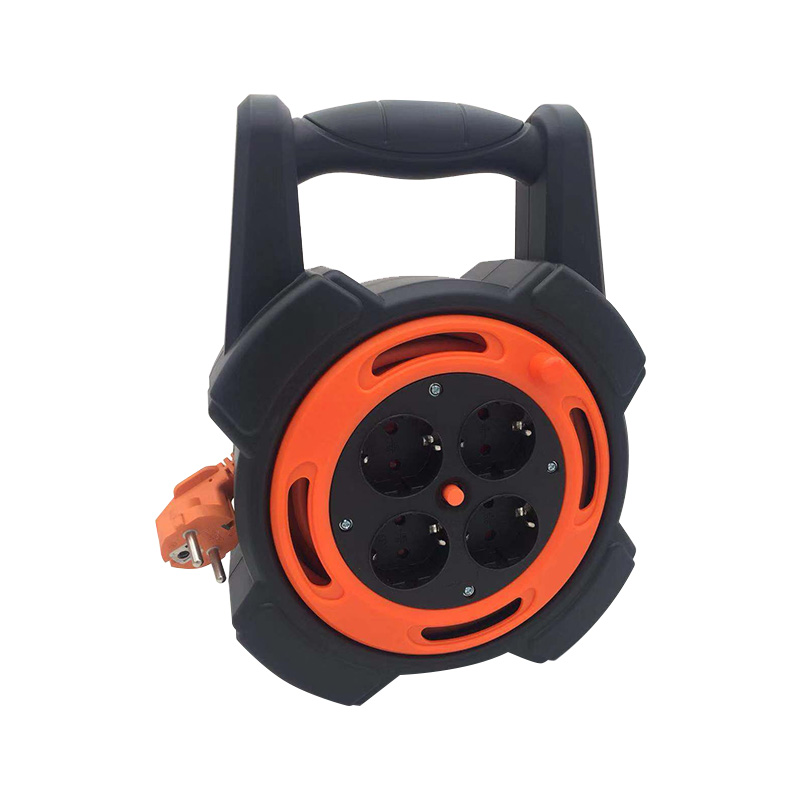
 TOP
TOP
 ENG
ENG
 English
English русский
русский 한국어
한국어 Deutsch
Deutsch

